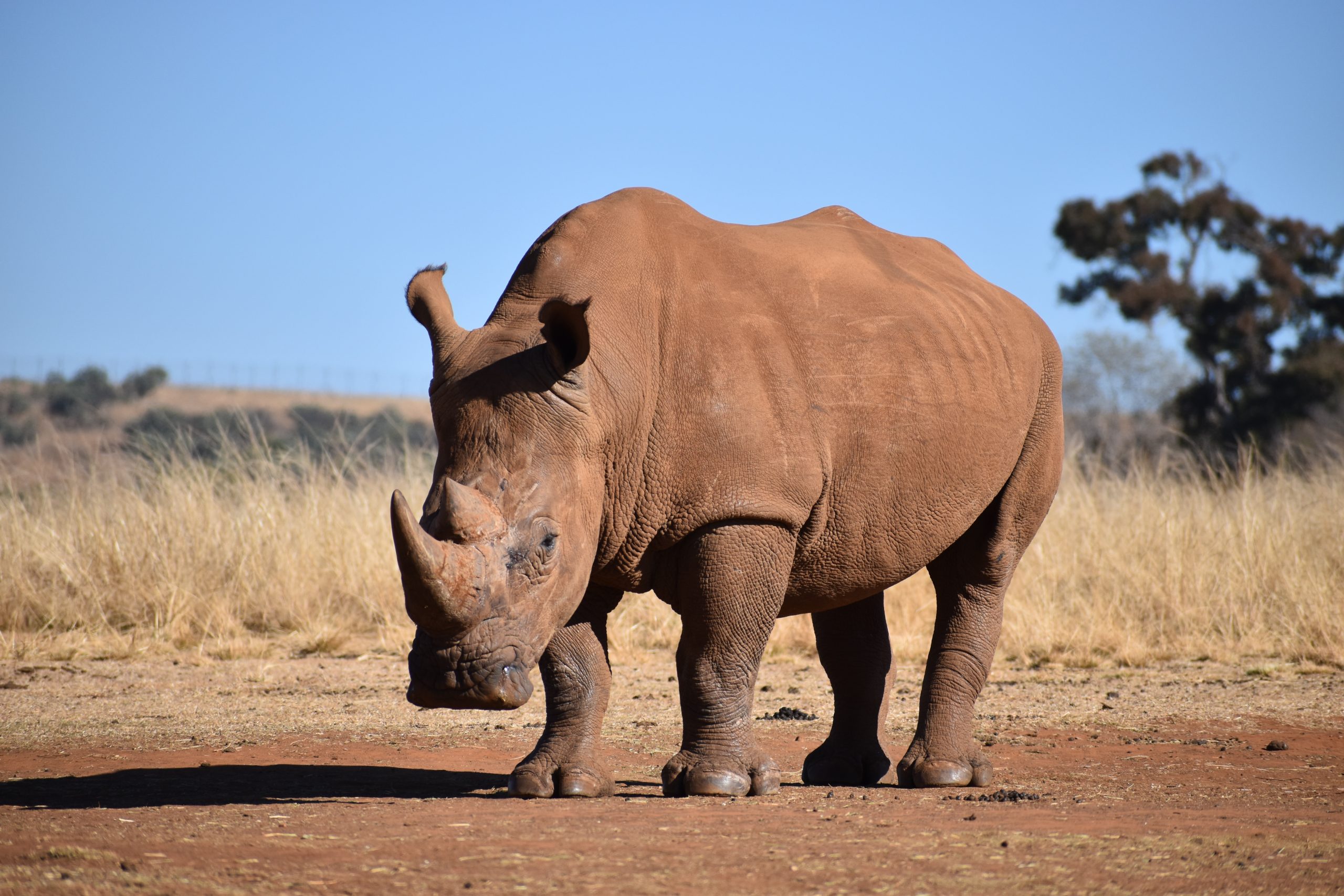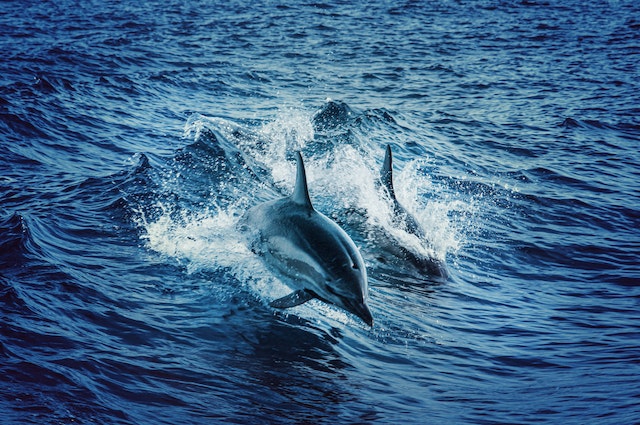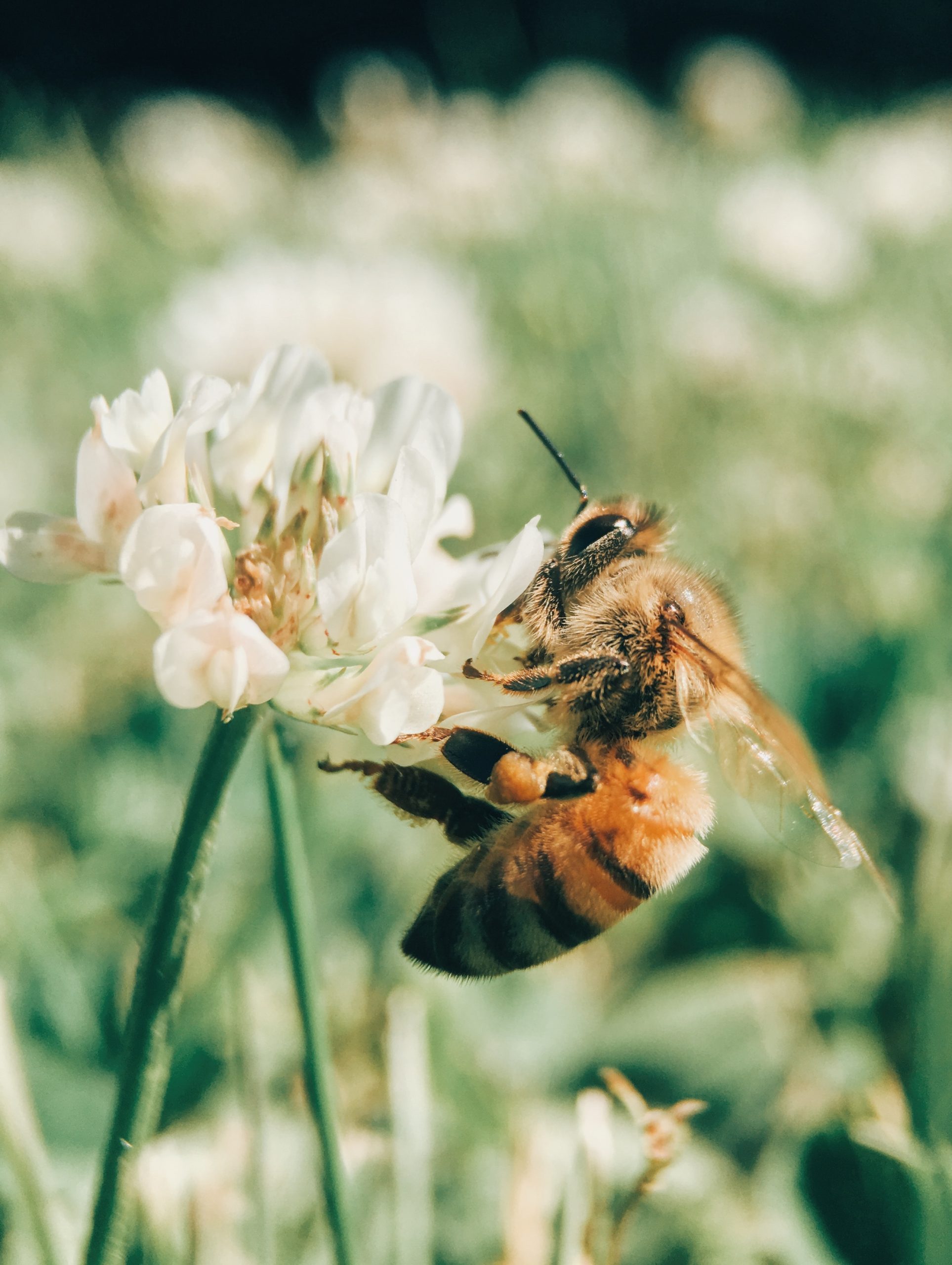Rhinoceroses are some of the most iconic and endangered animals in the world. Poaching and habitat loss have decimated populations of all five rhinoceros species, leaving them on the brink of extinction. The conservation crisis facing rhinoceros populations is a pressing issue that demands attention and action.
Rhino poaching is the primary threat to their survival. Rhino horn is highly valued in traditional Chinese medicine, and there is a belief in some cultures that it possesses magical powers. In reality, rhino horn is made of keratin, the same material as human hair and nails, and has no proven medicinal value. Despite this, the illegal trade in rhino horn is a multi-billion-dollar industry that fuels criminal networks and funds terrorism.
Poaching has had a devastating impact on rhinoceros populations. In South Africa alone, over 9,000 rhinos have been killed for their horns since 2008. The white rhino, once one of the most abundant rhino species, is now classified as near threatened due to poaching.
Conservationists have responded with a range of strategies to combat poaching. One approach is to increase anti-poaching patrols and use technology such as drones and cameras to monitor rhino populations. Another approach is to dehorn rhinos, which involves removing the horn to make them less attractive to poachers. However, dehorning is not a foolproof solution and can harm rhinos if not done properly.
Habitat loss is another major threat to rhinoceros populations. Rhinos need large areas of grassland and forest to survive, but these habitats are being destroyed by human activities such as logging, agriculture, and urbanization. Climate change is also affecting rhino habitats, with rising temperatures and changing rainfall patterns causing droughts and wildfires.
Conservationists are working to protect rhino habitats through measures such as land purchases and habitat restoration. They are also working with local communities to promote sustainable land use practices that benefit both people and wildlife.
In addition to these challenges, there are also issues with captive breeding and genetic diversity. Many rhino populations are isolated and inbred, which can lead to health problems and reduced fertility. Conservationists are working to address this through programs such as artificial insemination and the translocation of rhinos to establish new breeding populations.
Ultimately, the conservation crisis facing rhinoceros populations requires a multi-faceted approach that involves not only law enforcement and habitat protection but also education and outreach. It is essential to raise awareness about the plight of rhinos and to engage local communities in conservation efforts. By working together, we can help save these magnificent creatures from extinction.
In conclusion, the conservation crisis facing rhinoceros populations is a complex and urgent issue that demands action. Poaching and habitat loss are major threats that must be addressed through a range of strategies, including anti-poaching measures, habitat protection, and community outreach. With concerted effort, we can help ensure that rhinoceroses continue to roam the earth for generations to come.










